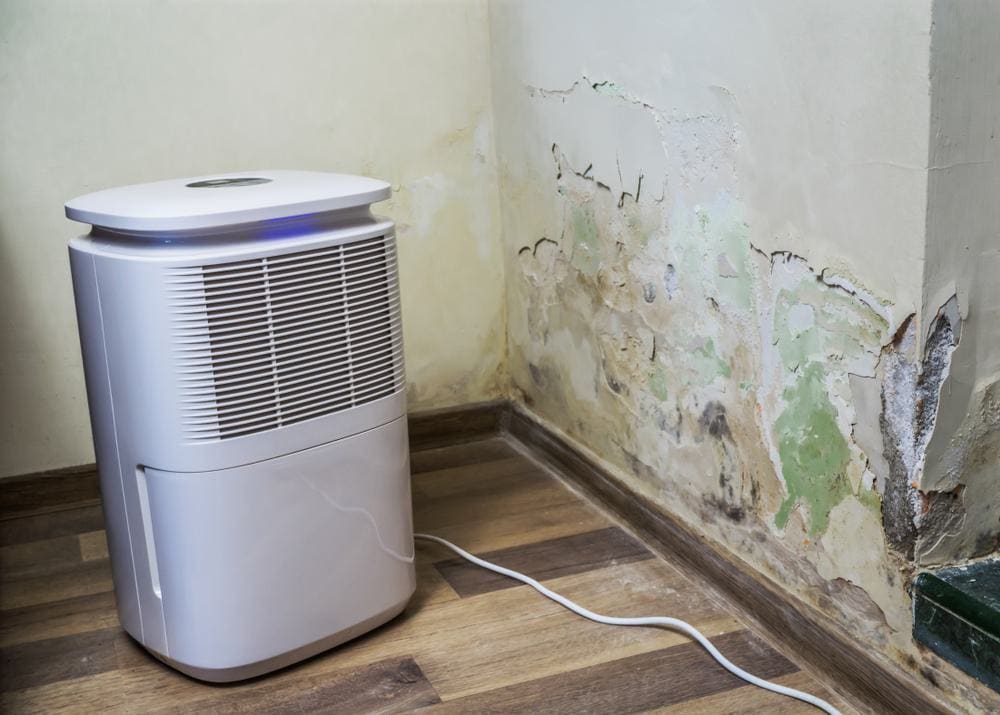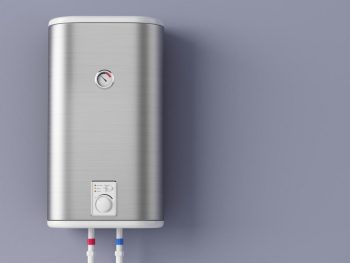
A natural dehumidifier is a substance or method that helps reduce and maintain the level of humidity in the air without using an electrically powered device. These natural dehumidifiers can be made from common household materials or plants that absorb moisture from the air. Some popular natural dehumidifiers include:
A natural dehumidifier is a substance or method that helps to reduce and maintain the level of humidity in the air without the use of an electrically powered device. Common natural dehumidifiers include rock salt, baking soda, charcoal, silica gel, calcium chloride, and certain plants like snake plants, spider plants, and English ivy. These materials and plants work by absorbing moisture from the air, providing a low-cost and eco-friendly alternative for managing humidity in small areas.
Types of Natural Dehumidifiers
Rock Salt
Rock salt is a hygroscopic material that absorbs and stores water from the air. To make a rock salt dehumidifier, you need rock salt and two 5-gallon buckets. Place the rock salt in one bucket with holes and put it inside the second bucket.
Baking Soda
Baking soda can be used to remove dampness in small areas. Fill a small bowl with baking soda and place it in the room you’d like to dehumidify.
Charcoal
Charcoal can help control both odors and humidity. Place charcoal briquettes in a container with holes and put it in the area you want to dehumidify.
Silica Gel
Commonly found in small packets, silica gel can be used to make a dehumidifier by placing the sachets in a container with holes in the lid.
Calcium Chloride
Calcium chloride, a highly effective moisture-absorbing agent, can be used in a similar way to rock salt.
Plants
Some plants, like snake plants, spider plants, and English ivy, can help reduce indoor humidity by absorbing moisture from the air.
While natural dehumidifiers may not be as effective as electrically powered devices, they can be a low-cost and eco-friendly alternative for managing humidity in small areas or as a temporary solution.
How Does a Natural Dehumidifier Work?
Natural dehumidifiers work by using desiccant materials, such as silica gel, to absorb moisture from the air. These materials have a natural affinity for water, which allows them to effectively remove excess humidity from the surrounding environment.
Natural Dehumidifiers vs. Traditional Electric Dehumidifiers
There are several key differences between natural dehumidifiers and traditional electric dehumidifiers:
- Operation: Natural dehumidifiers use desiccant materials to absorb moisture from the air, while electric dehumidifiers use refrigeration or thermoelectric technology to condense water vapor from the air.
- Energy consumption: Natural dehumidifiers do not require electricity to operate, making them more energy-efficient.
- Noise: Natural dehumidifiers are generally quieter than electric dehumidifiers.
- Maintenance and repair: Non-electric dehumidifiers have no mechanical parts, which eliminates the need for repairs.
Benefits of Using a Natural Dehumidifier
Using a natural dehumidifier in your home can improve your living conditions, protect your belongings, and promote better health for you and your family.
Potential Drawbacks of Natural Dehumidifiers
Natural dehumidifiers may not be as effective as electric dehumidifiers in certain situations or for addressing more severe humidity issues.
How to Maintain and Care for a Natural Dehumidifier
To maintain and care for a natural dehumidifier, replace or refresh the dehumidifying agent regularly, clean the container, ensure proper ventilation, use humidity-lowering plants, and monitor humidity levels.
Takeaway
In summary, natural dehumidifiers can be a low-cost, eco-friendly alternative for maintaining comfortable humidity levels in your home. However, they may not be as effective as electric dehumidifiers in certain situations or for addressing more severe humidity issues.
Frequently Asked Questions
How often should I replace the rock salt in my natural dehumidifier?
The frequency of replacing rock salt depends on the humidity level in your environment. However, generally, you should replace it once it has completely dissolved or every 3-6 months.
Can I use any type of charcoal for a natural dehumidifier?
It’s best to use activated charcoal (also known as activated carbon) for a natural dehumidifier. This type of charcoal has been treated to increase its absorbency.
Are natural dehumidifiers safe to use around pets and children?
Yes, natural dehumidifiers like rock salt, baking soda, and certain plants are generally safe to use around pets and children. However, substances like calcium chloride and silica gel can be harmful if ingested, so they should be kept out of reach.
How can I tell if my natural dehumidifier is working?
You can use a hygrometer to measure the humidity level in your home. If the humidity level decreases after placing a natural dehumidifier, it indicates that the dehumidifier is working.
Can I use a natural dehumidifier in my bathroom?
Yes, you can use a natural dehumidifier in your bathroom. However, due to the high humidity level in bathrooms, you may need to replace or refresh the dehumidifying agent more frequently.












